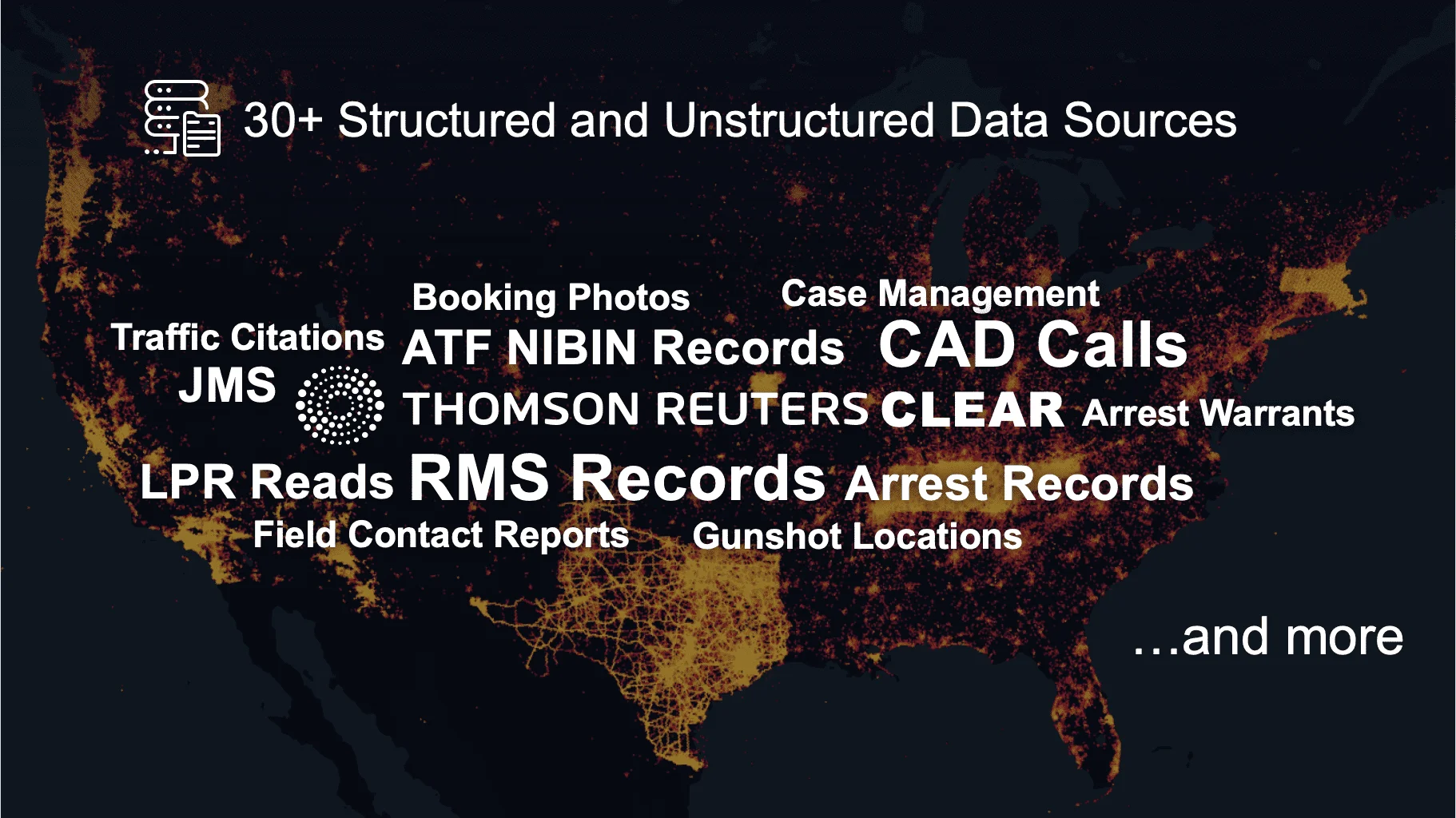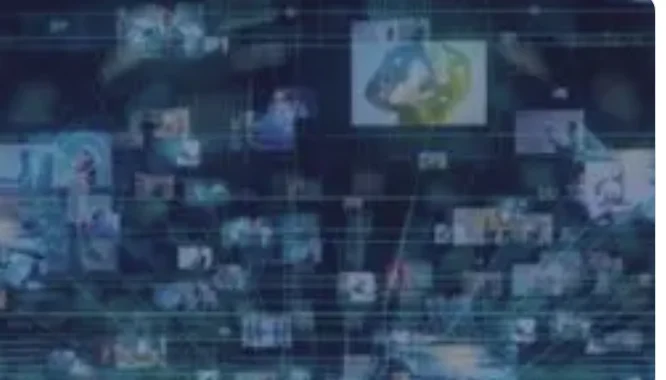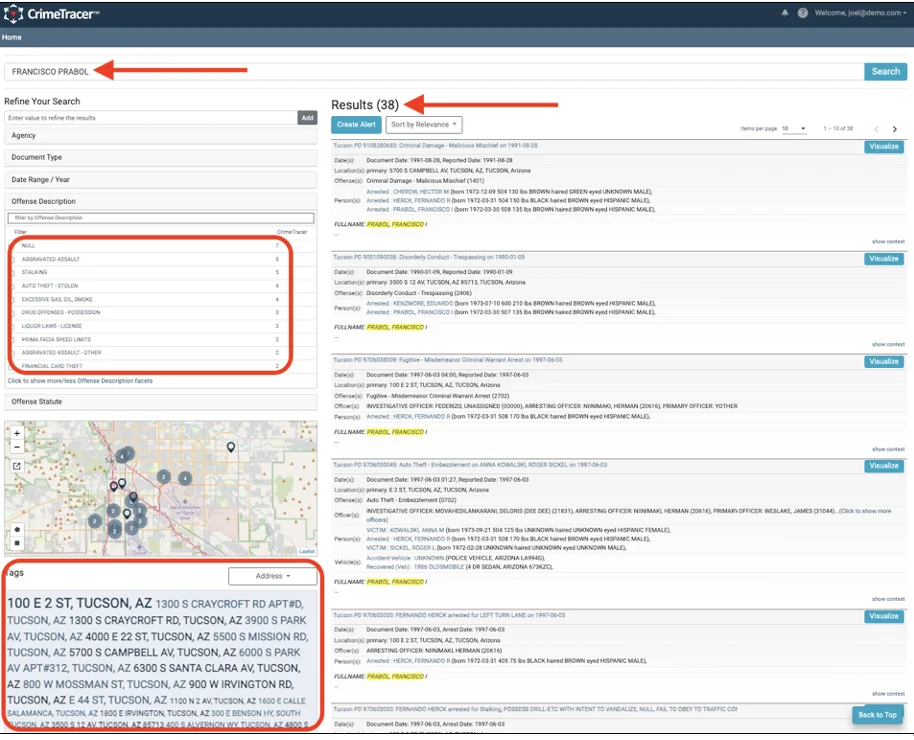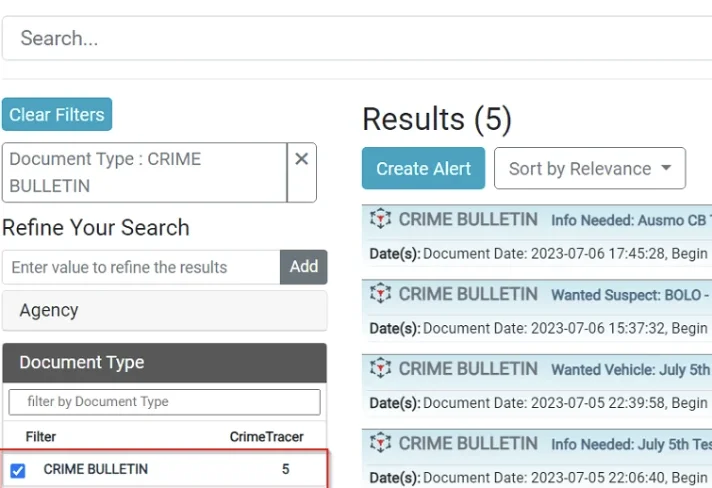Collaborating across jurisdictions and with multiple agencies is more important than ever in law enforcement. Criminals rarely recognize jurisdictional boundaries, and police agencies combat gun crime more effectively when they work together. With the technology available, collaboration through sharing can be done in real-time or accessed on the fly, which is critical during fluid and emergent situations.
The Role of Technology in Collaboration
Law enforcement technology, as it does within all industries, evolves quickly. Even when an application or program is intended to function one way, sometimes an agency will find another way to use a portion of the application. Sometimes, seeing a new way or the intended way another law enforcement agency is using the technology can lead to an idea for a solution that might benefit their agency.
Sharing how the agency uses the application, program, or equipment helps others see the benefits firsthand. It also starts conversations about the use and leads to ideas for using it more efficiently and effectively. Creating space and time for agencies to gather and share not only the technology wins but also the losses and lessons learned ultimately makes every agency stronger.
Collaborating with Other Agencies
The networking aspect of collaboration also benefits law enforcement. Agencies often need to leverage relationships during an investigation or other critical incident. Collaborating also makes everyone aware of the tools other jurisdictions have at their disposal. Knowing what other agencies use, especially during rapidly evolving events, can provide additional resources more quickly.
Collaboration allows other law enforcement organizations to watch from afar and learn as other agencies implement newer technology. Budgetary restrictions may not permit agencies to purchase all the latest technology without research and due diligence. The available budget for an agency means decisions about priorities have to be made. Watching and hearing from a department implementing and working through new technology shows others the benefits, and they can modify their priority list as appropriate. In some situations, agencies may realize another way to use the technology, which could allow other agencies to form a partnership to receive some sharing benefits while sharing costs.
Functional Collaboration
Law enforcement is only one aspect of the criminal justice system. When considering collaboration, agencies must include prosecutors, intelligence analysts, forensics personnel, other city, county, or federal departments, parole offices, jails, and community organizations. Collaborations with partners consistently improve the relationship and provide resources and knowledge that can be used toward a common goal. The latest technology allows much larger-scale collaboration with agencies sharing information, intelligence, and resources in near real-time.
An example of functional collaboration is in an agency with an intelligence analyst attached to its forensics lab. The analyst can connect lab results to case records and work to make connections between incident timelines as well as between relationships, vehicles, and locations. The data gathered benefits the lab, investigators, prosecutors, and victims. Combining the agency data with data from other regional law enforcement expands the connections, increases possible charges, and provides information and leads for law enforcement, along with timelines and history for prosecutors.
Improved Policing Through Communication
All agencies focused on how to combat gun crime recognize the need to share data, but overcoming some challenges can be daunting. Knowing which neighboring agencies have access to different technologies as technology advances helps your agency use its data more effectively. Suppose a nearby agency that shares a border where a crime with shots fired was committed has gunshot detection software. Knowing their technology and the relationship to contact them for assistance may lead to their help in identifying the direction of travel for the suspect. The collaborative success could also lead to the agency’s governing body approving funding to purchase or share the shot spotting application, so it is available within their community.
Communication is at the heart of all collaboration. Improving communication, internally and externally, using technology to facilitate data sharing improves policing outcomes and helps effectively combat gun crime. Collaborating more efficiently could mean training those who work with the agency, like prosecutors, about the technology and how it can help them effectively prosecute a case. Collaboration could also be shared across agencies. Collaboration could include sharing data or policies for technology usage or lending staff to a task force. No matter what is shared during collaboration and communication, law enforcement agencies that effectively collaborate, especially across jurisdictions, are better equipped to solve crime and serve their communities.



